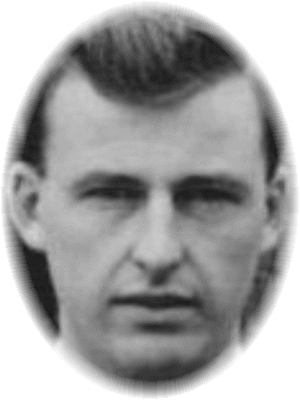COMBINED DENTAL CHART/CRANIAL FACIAL SEARCH


Now imagine your search also contains FINGERPRINT INDICES as well as a DNA SEQUENCE.
If there is a DNA match with a subject, the search engine would immediately compare both Fingerprint indices.
The search engine would only return a match if the POST MORTEM FINGERPRINT INDICIES also match.
Although in the real world the above scenario would be highly inlikely, DENTAL CHART SEQUENCING and CRANIAL/FACIAL indexing provide a real world practical scenerio for HYBRID SEARCHING.
EXAMPLE:
ANTEMORTEM RECORDS contain a DENTAL CHART SEQUENCE (from a handwritten DENTAL CHART) and a CRANIAL/FACIAL index taken from a front on (mugshot) facial (portrait) photograph taken from records of the MISSING PERSON.
POSTMORTEM RECORDS contain a DENTAL CHART SEQUENCE from a laboratory DENTAL CHART and a CRANIAL/FACIAL index (from laboratory photograph -front on- of an actual skull or a 3-D printed model of the skull).
When the search engine encounters a DENTAL CHART SEQUENCE (partial) match between the POST MORTEM and ANTEMORTEM record, it will immediately compare the POST MORTEM and ANTEMORTEM CRANIAL/FACIAL indices.
A 'match' is only returned when it is confirmed that both CRANIAL/FACIAL indices are congruent.
Where the POST MORTEM record contains only a few teeth (partial record), a large number of 'matches' for that record will occur.
If CRANIAL/FACIAL indices exist for both the POST MORTEM record and the ANTEMORTEM record, only one (rarely two) matches would be returned.
HYBRID SEARCHING is unique, and is exclusive to the MISSING PERSON LINK system as it employs TWO sets of BIOMETRIC identifiers not previously known or employed.